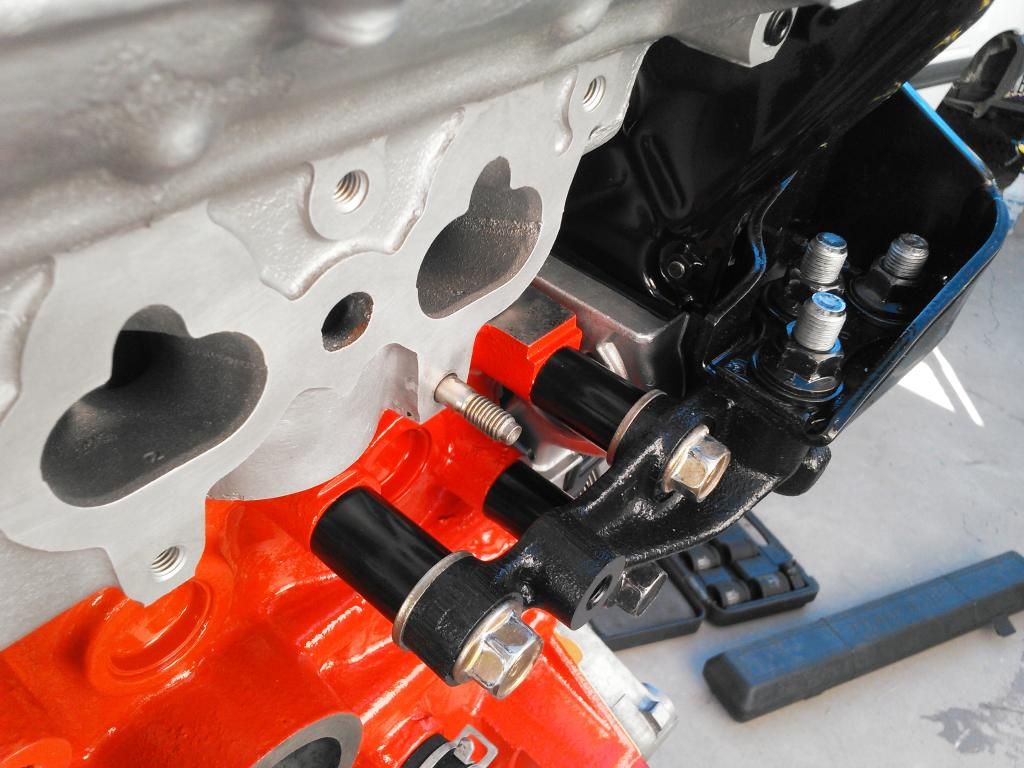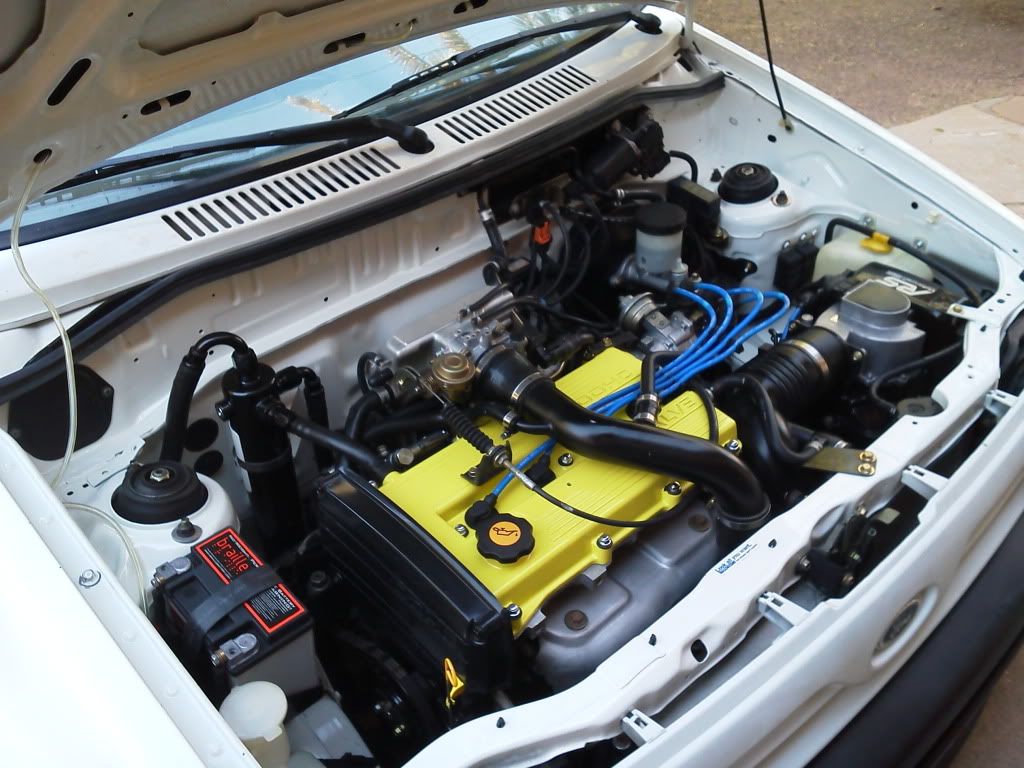Originally posted by fastivaca
View Post
Originally posted by 350freak
View Post
Originally posted by bhearts
View Post


Comment